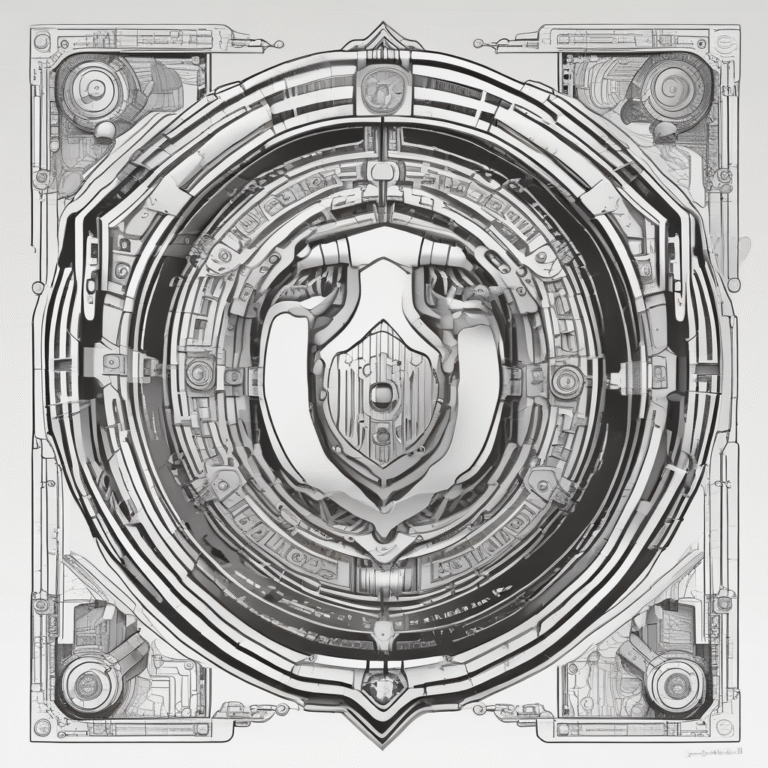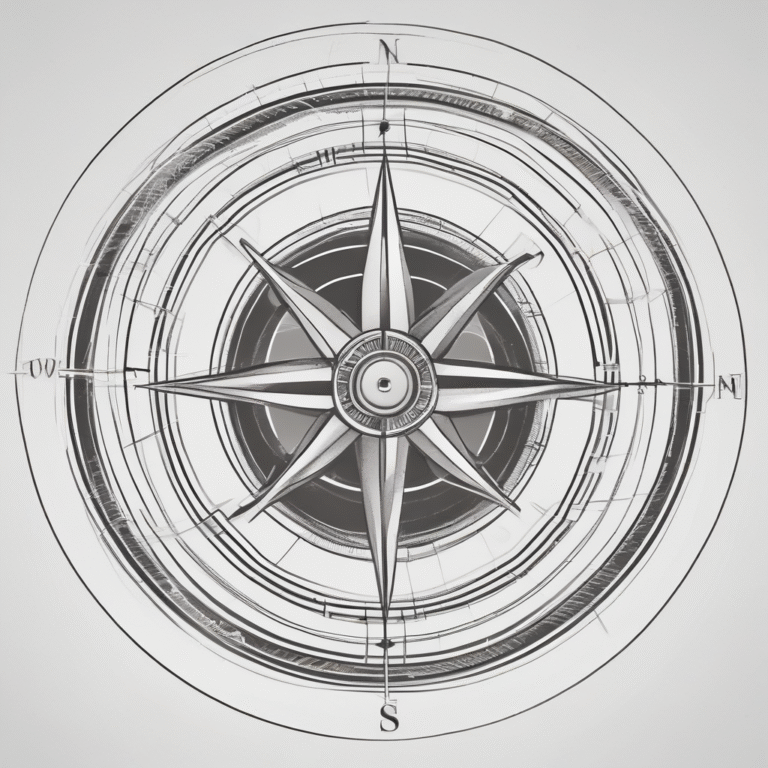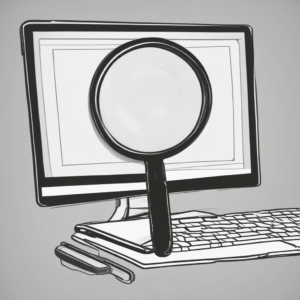Congress Passes AI Deepfake Law
On April 29, 2025, Congress achieved a rare moment of nearly unanimous support for AI-related legislation with the passage of the TAKE IT DOWN Act. This significant act aims to prohibit the publication of non-consensual intimate imagery (NCII), including AI-generated deepfakes, and mandates that websites and social media platforms take down such content.
The bill is now headed for the President’s desk, where it is anticipated to be signed into law, marking it as the first U.S. legislation to regulate specific types of AI-generated content.
Key Features of the TAKE IT DOWN Act
The TAKE IT DOWN Act, introduced by Ted Cruz (R-TX) and Amy Klobuchar (D-MN), passed with a 409-2 vote in the House after receiving unanimous consent in the Senate. This act makes it illegal to “knowingly publish” NCII, which includes visual depictions created through software, machine learning, artificial intelligence, or other technological means.
To assess whether content qualifies as NCII, the act establishes a “reasonable person” test. If a visual depiction is indistinguishable from an authentic image of an individual when viewed as a whole, it falls under the act’s purview. Penalties for violations can include up to three years in prison.
Additionally, the act requires “covered platforms”—including major websites and social media services—to remove NCII within 48 hours of receiving notice from victims.
President Trump Signs AI Education Executive Order
In a parallel move, President Trump signed an Executive Order (EO) on “Advancing Artificial Intelligence Education for American Youth” shortly before the TAKE IT DOWN Act was passed. The EO aims to foster interest and expertise in AI among America’s youth, ensuring the nation maintains its global dominance in the evolving technological landscape.
Objectives of the AI Education Executive Order
The EO sets forth several key objectives:
- AI Education Task Force: Led by the Director of the Office of Science Technology Policy, this task force will include various cabinet members and is tasked with advancing U.S. policy on AI education.
- Presidential AI Challenge: Within 90 days, the task force is to implement a challenge designed to highlight achievements in AI by students and educators, promoting technological advancement and collaboration between sectors.
- Public-Private Partnerships: The task force aims to forge partnerships with academic institutions and AI industry leaders to develop online resources focused on teaching foundational AI literacy to K-12 students.
- AI Educators: The Secretary of Education is directed to prioritize AI in discretionary grant programs for teacher training, enhancing professional development in computer science and AI.
- AI Apprenticeships: The Secretary of Labor will promote AI-related apprenticeships, facilitating the development of Registered Apprenticeship programs in AI occupations.
This EO represents the latest effort by the administration to address the educational needs related to AI, following previous actions to repeal former President Biden’s AI EO and initiate an AI Action Plan.
As developments unfold, ongoing monitoring and analysis of these legislative changes will continue, providing insights into the implications for both AI regulation and education in the United States.

















